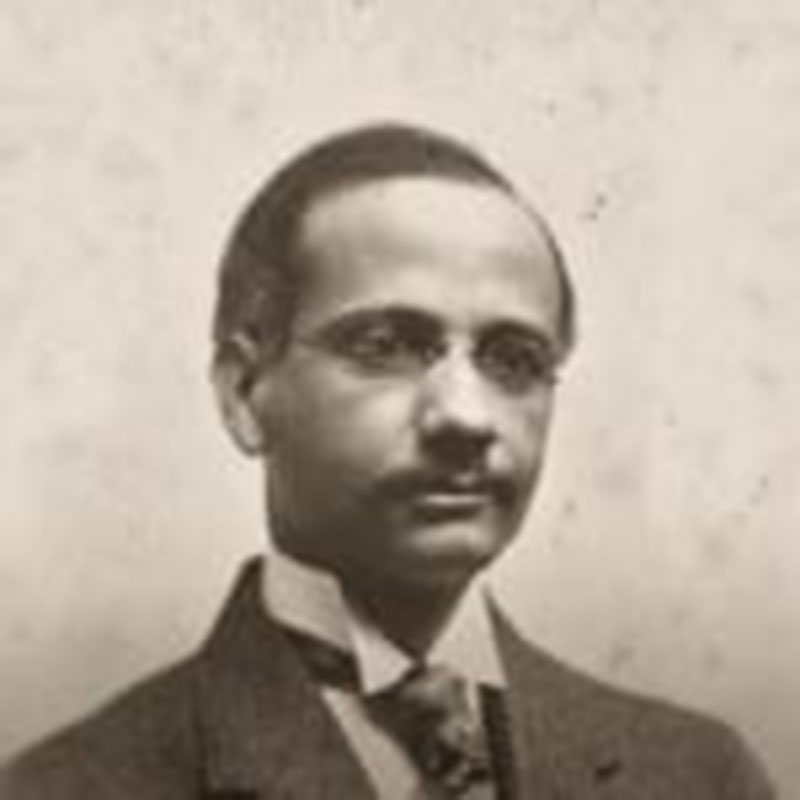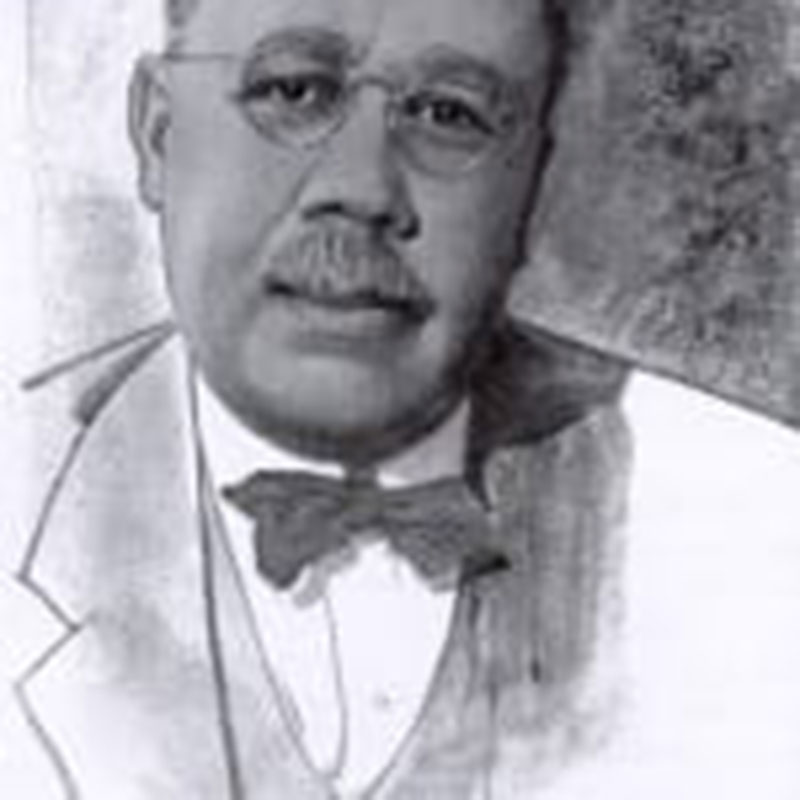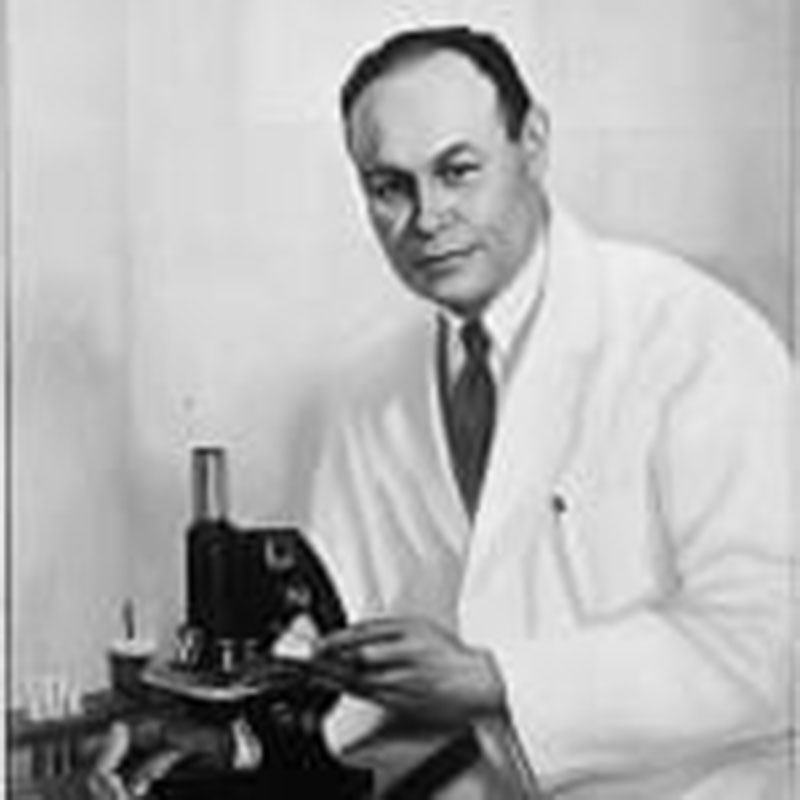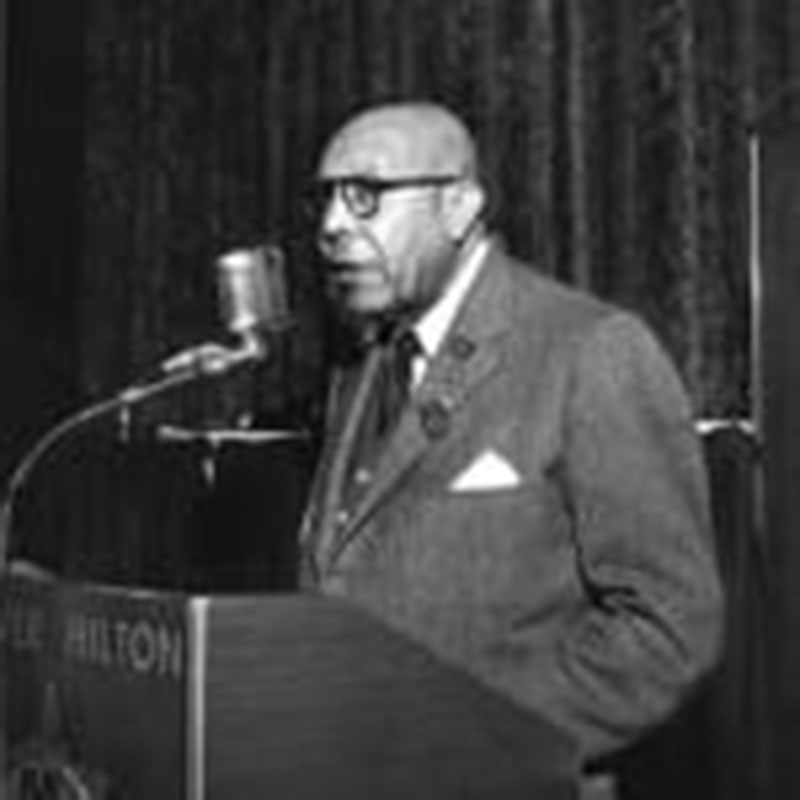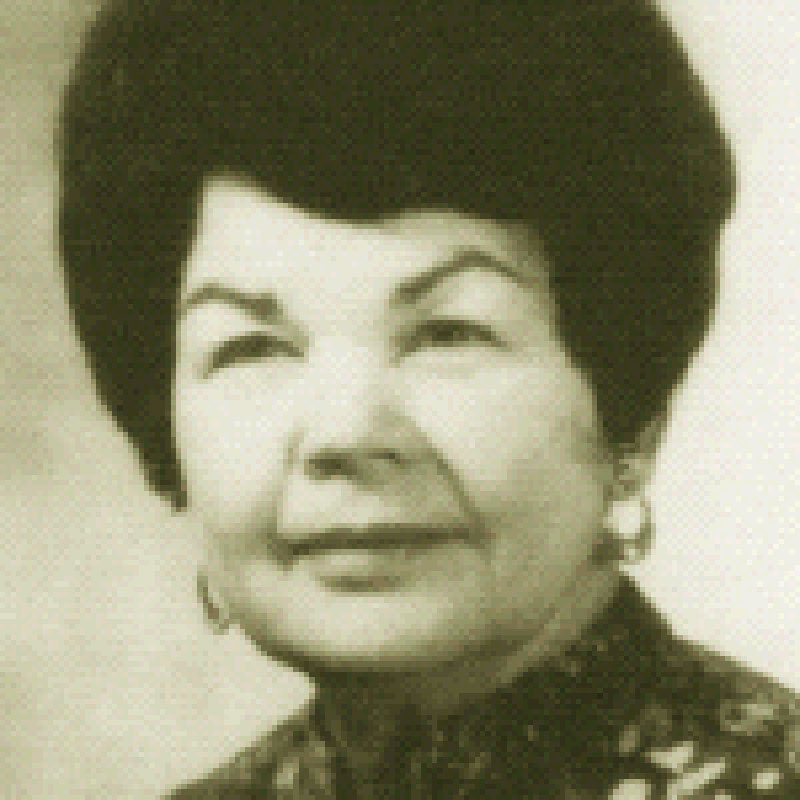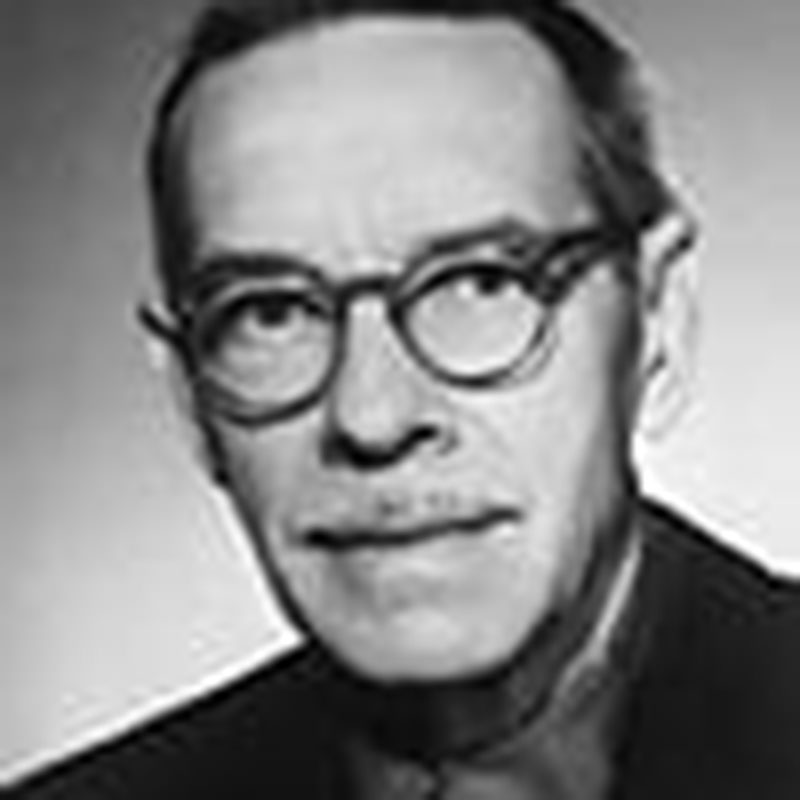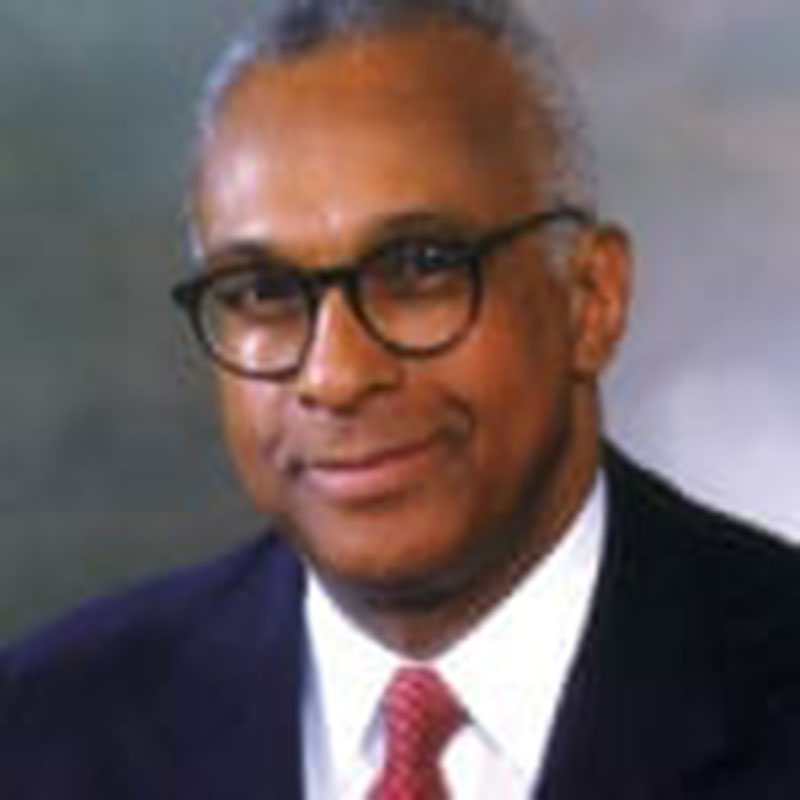As we continue to pay tribute during this Black History Month, the UMHS Endeavour revisits the progress of African Americans in medicine since the birth of our nation in the 1700s.
It’s important to realize that, before the passage of the Civil Rights Act in 1964, the medical community was segregated in the American South and black and white patients and doctors used separate hospitals.
The UMHS Endeavour compiled this timeline of African-American medical history from numerous sources. This is by no means a comprehensive list, but gives an idea of the many great African Americans that made a difference in medicine for more than two centuries. From men and women who fought prejudice and racism to get medical degrees and practice medicine to great surgeons, clinical researchers, educators and leaders of medical associations, we pay homage to past, present and future African Americans in medicine.
1783: Born into slavery in 1762, Dr. James Durham buys his freedom and begins his own medical practice in New Orleans, becoming the first African-American doctor in the United States (although completely unlicensed). He had been “owned” by white doctors as a child and educated in mixing medicine and working with patients. He practiced in New Orleans until 1801. The city closed his practice because he had no formal medical degree
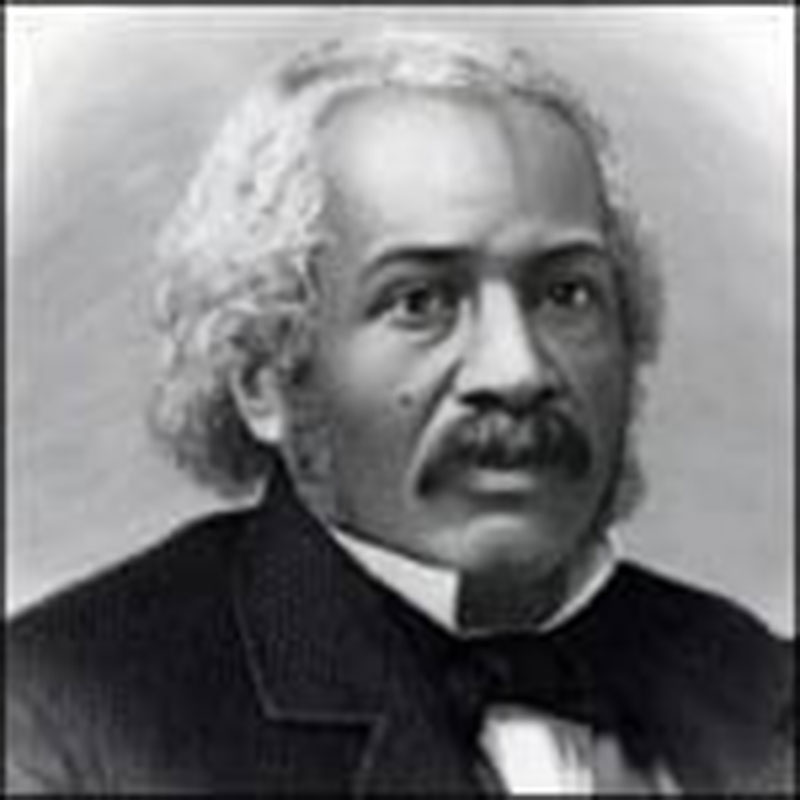 |
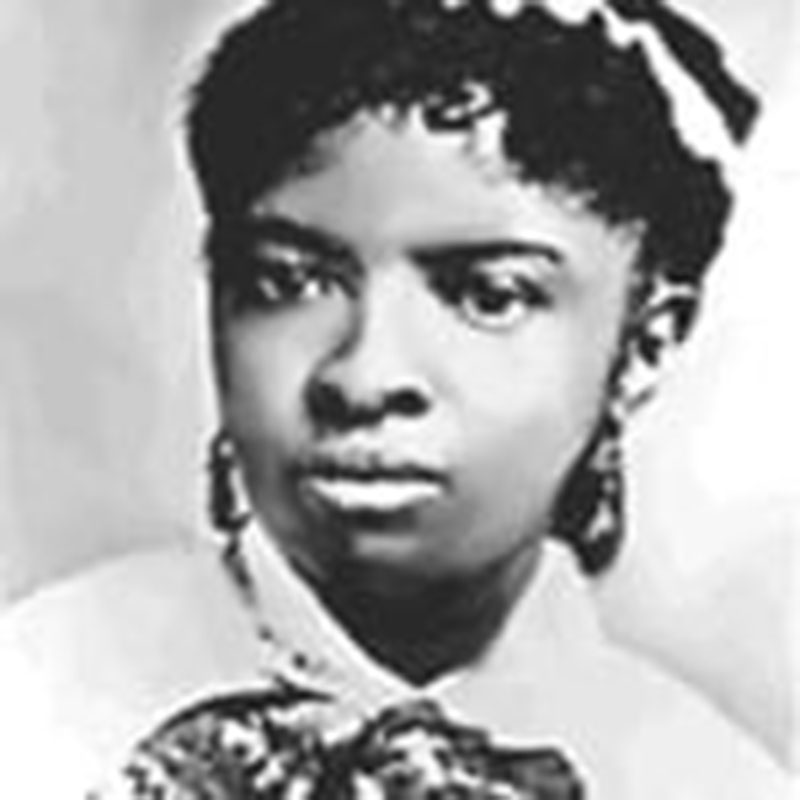 |
Dr. James McCune Smith & Dr. Rebecca Lee Crumpler. Photos: Wikipedia
1837: New Yorker James McCune Smith graduates from medical school at the University of Glasgow, Scotland. He was unable to attend an American medical school because of racial prejudice. Dr. Smith returns to New York City to start the first black-owned American pharmacy on West Broadway.
1847: Dr. David Jones Peck becomes the first African-American man to graduate from medical school (Rush Medical College in Chicago). Dr. Peck is the son of an abolitionist minister.
1852: In Augusta, Georgia, the Jackson Street Hospital is established as the first hospital exclusively for “colored” patients, founded by “charitable minded” white doctors at University of Georgia School of Medicine, a school that does not allow “colored” people.
1864: Dr. Rebecca Lee Crumpler becomes the first African-American woman to graduate from medical school (Boston University). She practices in Boston and relocates to Richmond, Virginia after the Civil War to serve newly freed slaves.
1868: Howard University in Washington, DC opens to black, white and female medical students.
1878: Dr. James Francis Shober earns his M.D. from Howard University School of Medicine and becomes the first black physician to practice in North Carolina.
1895: In Atlanta, Georgia, the National Medical Association is founded, since blacks are not allowed in other established medical groups.
|
|
|
|
|
(Photos, left to right): Dr. William A. Hinton. Photo: Boston.com. Dr. Solomon Carter. Photo: Blacksinhistory.tumblr.com. Dr. Ernest E. Just honored on a U.S postage stamp. Photo: USPS. Dr. Louis T. Wright. Photo: Wikipedia.org
1912: Dr. William Augustus Hinton becomes the first African-American doctor to both teach and run a lab at Harvard University. An expert on sexually transmitted disease, Dr. Hinton later develops the “Hinton Test” for syphilis in 1927.
1912: Dr. Solomon Carter is recognized by the American Psychiatric Association as America’s first black psychiatrist. Dr. Carter publishes the first clinical review of Alzheimer’s disease, translating the findings into English from Alois Alzheimer's study on the disease bearing the German doctor’s name.
1915: Dr. Ernest E. Just is awarded the first Springarn Medal by the NAACP for research on fertilization and cell division.
1917: Dr. Louis T. Wright of Camp Upton, New York develops an innovative intradermal injection for vaccinating soldiers against smallpox.
1921: Dr. Meta L. Christy graduates Philadelphia College of Osteopathic Medicine and becomes the first African-American osteopathic physician in the world.
|
|
|
|
|
(Photos, left to right): Dr. William Augustus Hinton. Photo: Jwvf.org. Dr. Charles R. Drew. Photo; Wikipedia.org. Dr. Helen O. Dickens. Photo: Upenn.edu, Dr. Peter Marshall Murray. Photo: Thenorthstarnews.com
1927: Dr. William Augustus Hinton develops the Hinton Test for diagnosing syphilis and later develops an improved version called the Hinton-Davies test in 1931.
1936: Dr. Hinton’s Syphilis and Its Treatment becomes the first medical textbook to be published by an African American.
1938: Sara Delaney's article "Bibliotherapy in a Hospital" is published in the February issue of Opportunity magazine. She is chief librarian at the U.S. Veteran's Administration Hospital in Tuskegee, Alabama, and considered a pioneer in the use of selected reading to aid in the treatment of patients.)
1940: Dr. Charles R. Drew presents his thesis, "Banked Blood," at Columbia-Presbyterian Medical Center in New York. The thesis covers two years of blood research, including the discovery that plasma could replace whole blood transfusions.
1944: A nine-member group of African-American medics land on Utah Beach, Normandy, France on D-Day to help wounded soldiers.
1950: Dr. Helen O. Dickens is the first African-American woman admitted to the American College of Surgeons.
1954: Dr. Peter Murray Marshall is installed as the President of the New York County Medical Society. He is the first African American to lead a unit of the American Medical Association.
|
|
|
|
|
(Photos, left to right) Dr. Geraldine Pitman Woods. Photo: Scienceblogs.com. Dr. Jane C. Wright. Photo: Asteria-fivecolleges.edu. Dr. Alfred Day Hershey. Photo: Cartage.org. Dr. LaSalle D. Leffall. Photo: Floridamagazine.com
1964: Dr. Geraldine Pittman Woods is the first African-American woman appointed to the National Advisory General Medical Services Council. She addresses the need to improve science education and research opportunities at minority institutions.
1967: Dr. Jane C. Wright is a pioneer in chemotherapy research, perfecting it as a viable option for cancer patients. She is the daughter of Dr. Louis T. Wright. She is appointed an Associate Dean and Professor of Surgery at New York Medical College, the highest post ever attained by an African-American woman in medical administration at the time.
1969: Alfred Day Hershey, PhD., geneticist, is the first African American to share a Nobel Prize in Physiology or Medicine. He receives the award for his research on the replication and genetic structure of viruses.
1978: The American Cancer Society gets its first African-American president, Dr. LaSalle D. Leffall.
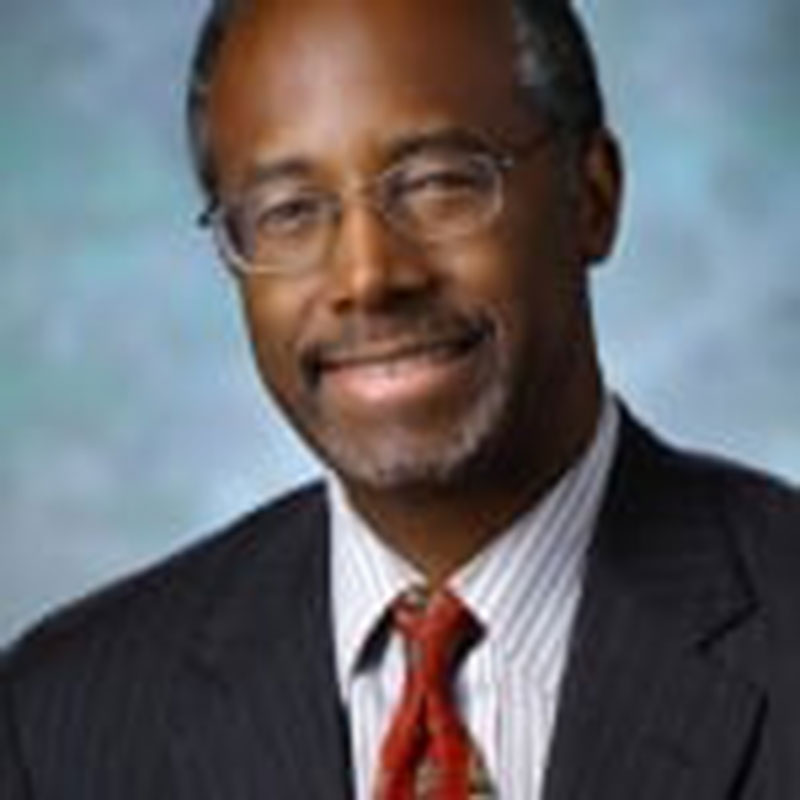 |
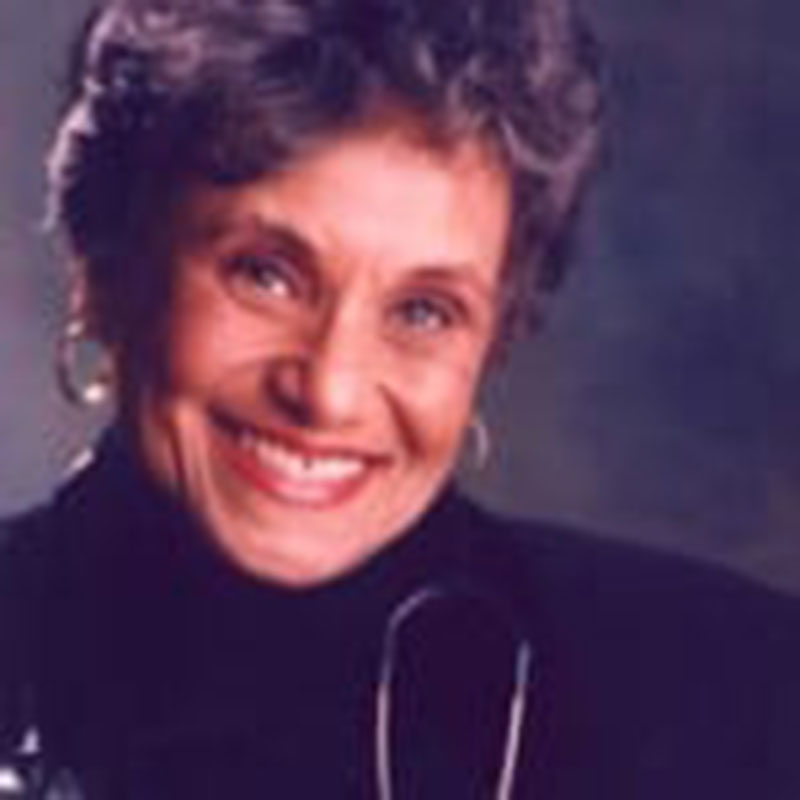 |
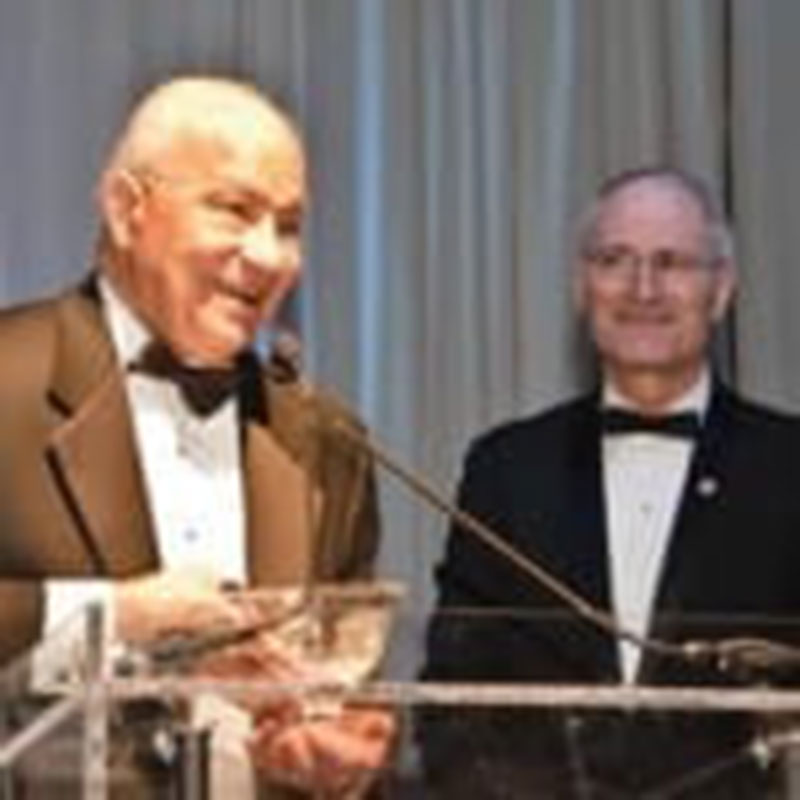 |
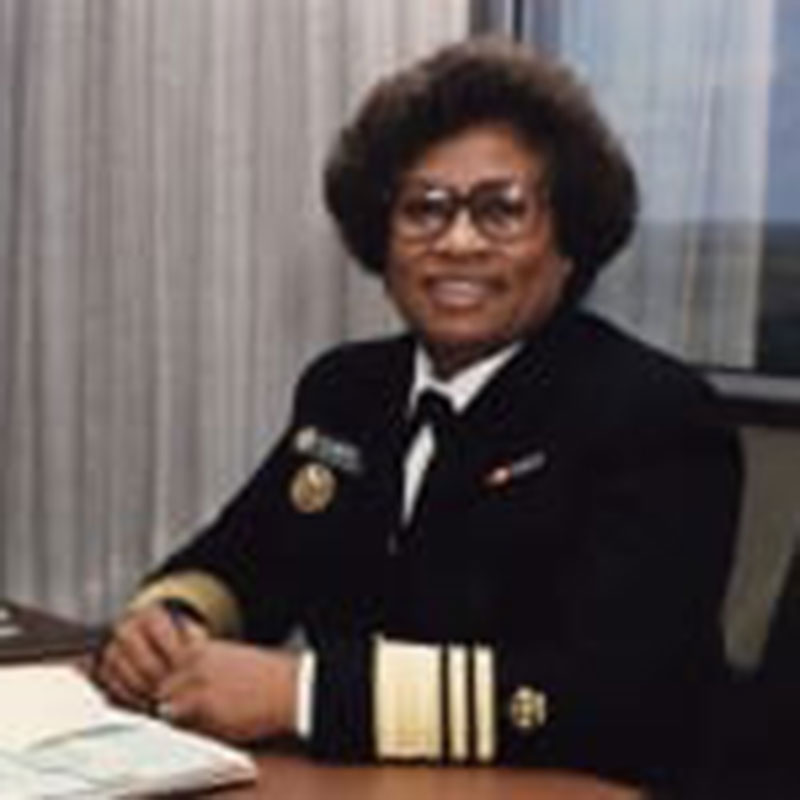 |
(Photos, left to right) Dr. Benjamin Carson. Photo: Carsonscholars.org. Dr. Marilyn Gaston. Photo: Akabmo.org. Dr. Edward S. Cooper. Photo: Examiner.com. Dr. Joycelyn Elders. Photo: Wikipedia.org.
1987: In Baltimore, neurosurgeon Dr. Ben Carson leads a 70-member team at John Hopkins Hospital to separate Siamese twins joined at the cranium.
1990: Dr. Marilyn Hughes Gaston is the first African-American female to direct a public health service bureau, the Bureau of Primary Health Care in the U.S. Department of Health and Human Services.
1993: The American Heart Association elects its first African-American president, Dr. Edward S. Cooper.
1993: Dr. Joycelyn Elders becomes the first African American appointed as U.S. Surgeon General.
 |
 |
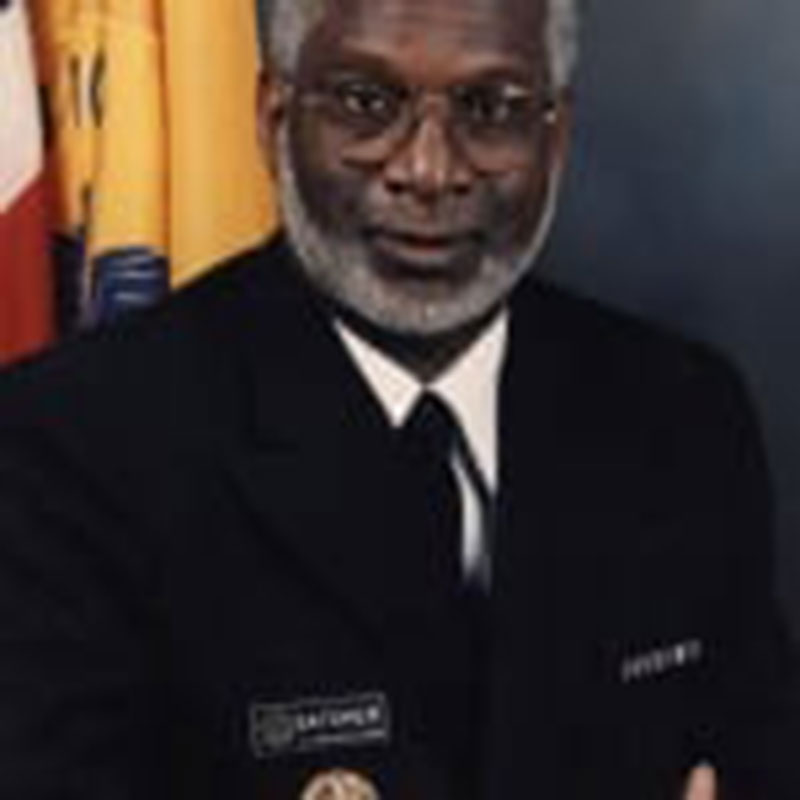 |
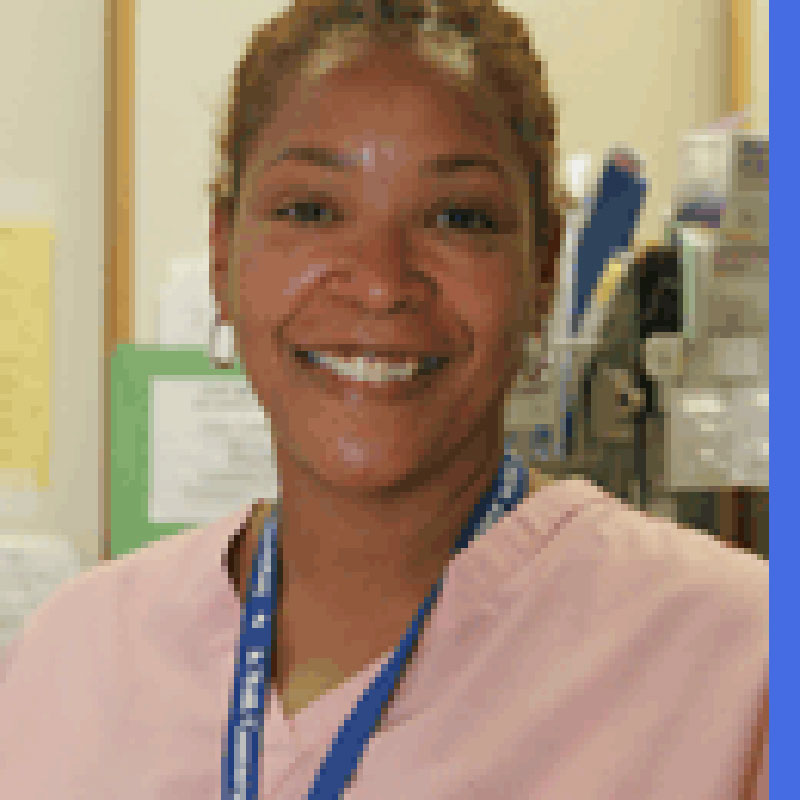 |
(Photos, left to right): Helene D. Gayle, M.D., M.P.H. Photo; Wikipedia.org. Dr. Donna Christian-Christensen. Photo: Wikipedia.org. Dr. David Satcher. Photo: U.S. Government. Dr. Sharon Henry. Photo: Courtesy Sharon Henry, M.D.
1995: Dr. Helen Doris Gayle becomes the first female and African-American Director of the National Center for HIV, STD, and TB Prevent for the U.S Centers for Disease Control.
1997: Dr. Donna Christian-Christensen becomes the first woman doctor and first African-American woman physician in the U.S. Congress.
1998: African American Dr. David Satcher becomes both the Assistant Secretary for Health and U.S. Surgeon General.
2000: Dr. Sharon Henry becomes the first African-American woman to be elected as a fellow of the American Association for the Surgery of Trauma.
2000: The National Medical Association (NMA), America’s largest group of African-American doctors, says a vast number of managed-care plans discriminate against them. NMA says some physicians have either stopped practicing medicine or have been forced to relocate. NMA members say they do not have comprehensive nationwide data to back up their claims, but have many anecdotes regarding where they have been left out.
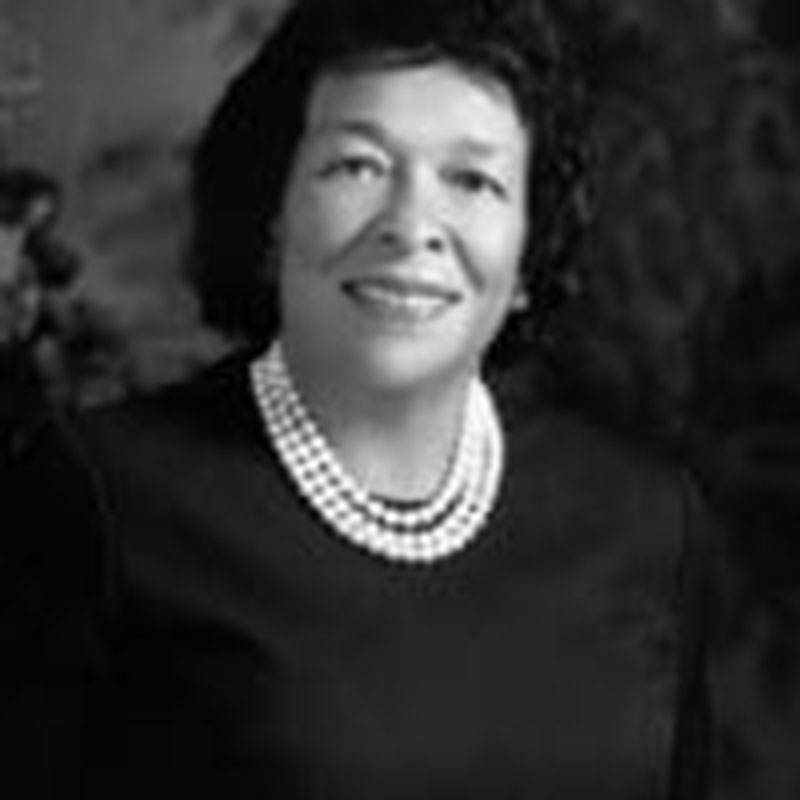 |
 |
(Photos, left to right): Dr. Roselyn Payne Epps. Photo: Dr. Epps Archive,. President Obama. Photo: White House/Pete Souza
2002: Dr. Roselyn Payne Epps becomes the first African-American woman president of the American Women’s Medical Association.
2010: The first African-American U.S. President, Barack Obama, signs the Patient Protection and Affordable Care Act (more commonly called the Affordable Care Act and known by the acronym ACA or the term “Obamacare”) into law. The ACA is the biggest overhaul of the U.S. healthcare system since the passage of Medicare and Medicaid back in 1965.
2011 & 2020: Leandris Liburd, PhD, MPH, MA, becomes first African-American woman to be appointed acting director of the CDC Office of Minority Health and Health Equity (a new division of the CDC). " In this capacity, she leads and supports a wide range of critical functions in the agency’s work in minority health, health equity, and women’s health. She plays a critical leadership role in determining the agency’s vision for health equity, ensuring a rigorous and evidence-based approach to the practice of health equity, and promoting the ethical practice of public health in communities vulnerable to health inequities," the CDC website notes. Dr. Liburd became the Chief Health Equity Officer for the 2020 CDC Covid-19 response.
2020: Kizzmekia Corbett, PhD, a 34-year-old African-American virologist, works with the NIH and Moderna to develop the COVID-19 vaccine during the unprecedented pandemic. In a February 2021 Time magazine article, NIH Director Dr. Anthony Fauci calls her "an African American scientist who is right at the forefront of the development of the vaccine." Dr. Fauci also wrote that Dr. Corbett has "been central to the development of the Moderna mRNA vaccine and the Eli Lilly therapeutic monoclonal antibody that were first to enter clinical trials in the U.S."
Sources: http://www.pbs.org/wgbh/amex/partners/early/e_pioneers_txt.html, http://www.jwvf.org/Medical-Achievements.html & http://blackdoctorscolumbusohio.com/black_medical_history.htm & https://www.cdc.gov/about/leadership/leaders/ohe.html & https://time.com/collection-post/5937718/kizzmekia-corbett/
(Top image) Image: toca-mdblogspot.com
About UMHS:
Built in the tradition of the best US universities, the University of Medicine and Health Sciences focuses on individual student attention, maintaining small class sizes and recruiting high-quality faculty. We call this unique approach, “personalized medical education,” and it’s what has led to our unprecedented 96% student retention rate, and outstanding residency placements across the US and Canada. UMHS is challenging everything you thought you knew about Caribbean medical schools.

Scott is Director of Digital Content & Alumni Communications Liaison at UMHS and editor of the UMHS Endeavour blog. When he's not writing about UMHS students, faculty, events, public health, alumni and UMHS research, he writes and edits Broadway theater reviews for a website he publishes in New York City, StageZine.com.
















